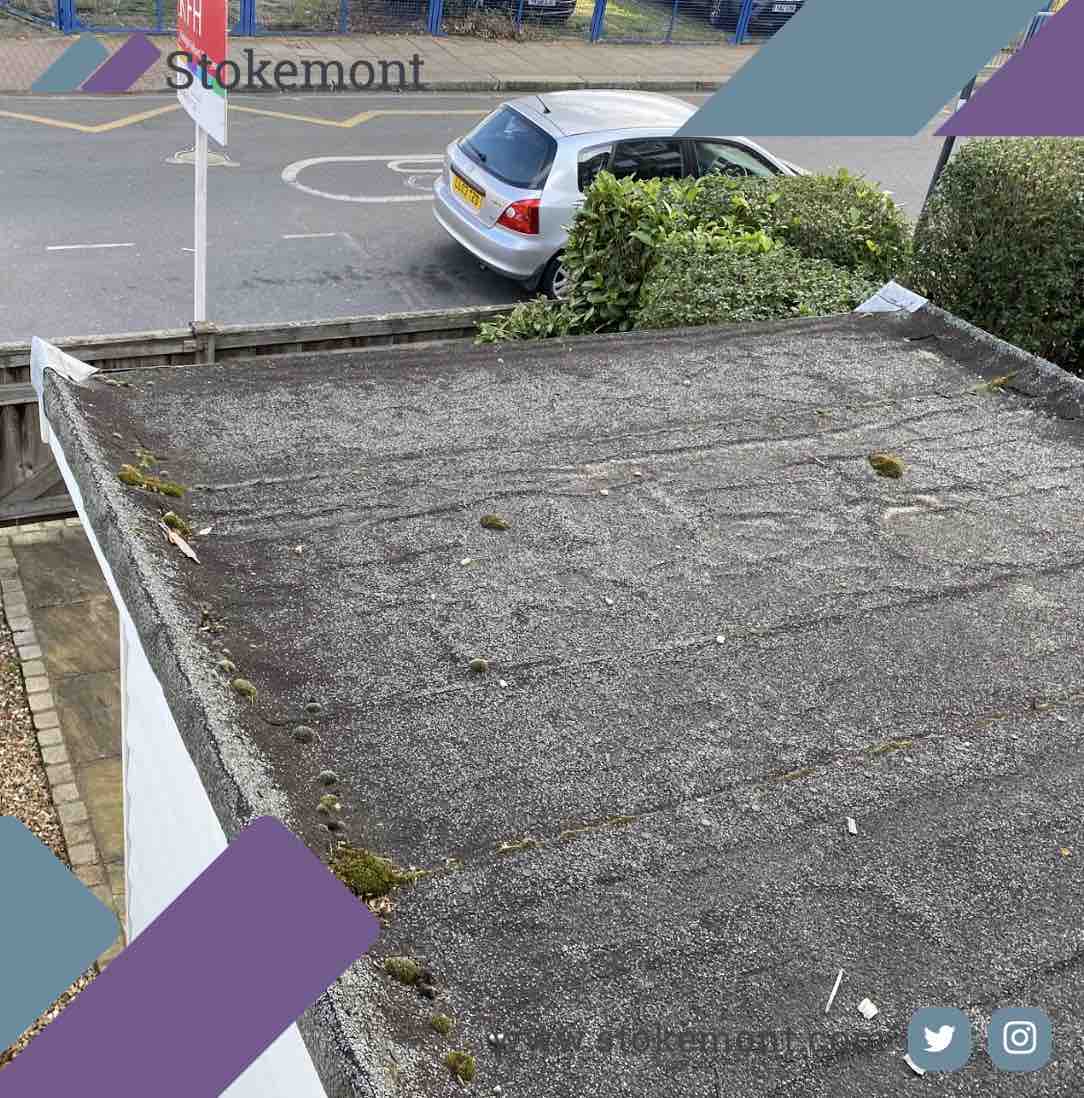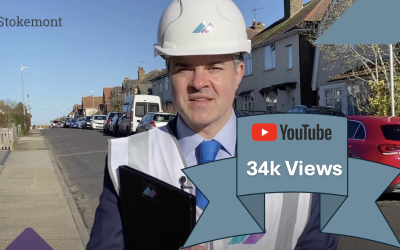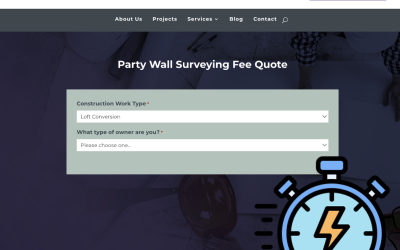Thank you for visiting one of our informative blogs today. In this week’s post, we will be looking into Mineral Felt Roofs.
Mineral felt roofs are usually found on conventional extended or converted sections of a property, whether it be a ground floor rear extension or a converted garage.
The Bitumen or Asphalt material itself is relatively common due to the ease of installation and the inexpensive cost to obtain the material in comparison to the alternatives available which include Glass Reinforced Plastic Fibre roof finishes.
Key points to know about Mineral Felt Roofs
Low Cost
One of the main benefits of felt roofing for the consumer is the low cost associated with obtaining the material. To put this into perspective, a 10m roll of felt can cost around £30 – £50.
Easy Installation
Felt is relatively easy to install with the material being able to be easily moulded into many forms and laid in place with no difficulty.
Not to add the material is very easily transported by rolling up the material which means a van is often all that’s needed to get the job done.
Effortless to Repair
If you find that there are tears or rips to your felt material after some time or even during the installation, you can easily address this by utilising a piece from the previous leftover roll and just torch it over a defective area.
As previously confirmed, felt is inexpensive, and while you might need to repair it more regularly which may be a problem for some, over time the cost can still be deemed to be cheaper than say the installation of Glass Reinforced Plastic Fibre Glass Membrane Roof.
Poor Durability
Compared with modern flat roofs, which have a warranty of up to 25 years, felt is usually only covered for ten years.
Felt roofs generally have a life span of 10-15 years. It should be noted that this life span is based on a felt roof that has been well maintained, therefore as can be expected most felt roofs’ life span is significantly lower.
Frequent Maintenance
Felt roofs are notoriously known to leak, split at the seams, peel, or suffer water damage from pooling water. For this reason, as previously confirmed above, if you choose a felt roof as your choice of covering, you will find yourself frequently repairing the roof over time, although inexpensive.
Alternative Flat Roof Materials
If you find that Felt roof coverings aren’t what you are looking for after further review, the are other alternatives which include:
Glass Reinforced Plastic, also known as a GRP roof or simply as Fibreglass roofs, is recognised for being robust in its waterproofing ability, its lightweight and for being both corrosion and temperature resistant. It is flexible, so it’s easily moulded for complex shapes and structures, it can be also extremely cost-effective compared to traditional building materials and generally has a long-life span.
GRP consists of two layers of catalysed thermosetting resins, sandwiching a layer of fine fibreglass to form a GRP laminate. A top coat resin is then applied to weatherproof the surface and give it a more striking finish.
Ethylene Propylene Diene Monomer roof is also known as an EPDM roof, this type of roof is tough in its resistance against water penetration, eliminating frequent issues such as moss growth. Likewise, given that the roof cover is rubber based, the material’s durability rates are high on the scale spectrum. Like felt, the material is lightweight and can be easily installed.
As result, the rubber membrane requires very minimal upkeep, which makes the roof cover cost-effective.
Both alternatives above have no seams, joints, or weak spots just a single, flush surface for the rainwater to run off.
If you are planning on carrying out any construction work and have been having difficulties selecting a roof, I hope this blog has provided a good insight into your options.
If you have managed to obtain any damage to your roof or structure and can’t seem to figure out the cause, feel free to give us a call today and we can assess this via a Defect Analysis.




